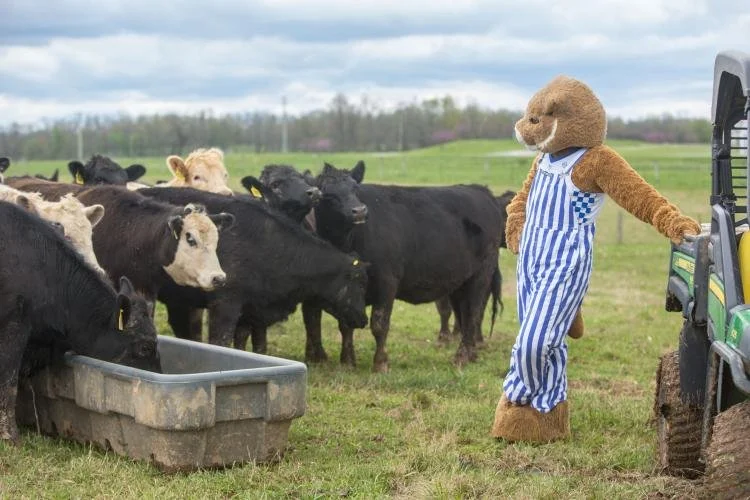Kentucky beef cow numbers dipped lower than they’ve been since 1967. This follows a national trend as the U.S. Department of Agriculture released cattle inventory estimates in January, revealing a 3.5% reduction in beef cows—the lowest since 1962.
Read MoreThe 2023 Mid-South Stocker Conference will return to in-person format Feb. 21-22 in Bowling Green. The conference will offer educational sessions, demonstrations and opportunities for beef producers to network with industry representatives.
Read MoreFertility is a driving factor for a sustainable and profitable cow-calf enterprise. Selenium plays a significant role in fertility, and in states like Kentucky and Tennessee, producers must supplement because their soil is selenium deficient. In an ongoing study at the University of Kentucky, researchers are pitting the industry-standard inorganic selenium against a 50/50 mix of inorganic and organic selenium to determine the most productive option.
Read MoreThe University of Kentucky College of Agriculture, Food and Environment will offer a two-day program aimed at background producers who want to gain knowledge through classroom and hands-on learning experiences.
Read MoreAnother case of a potentially dangerous disease of cattle has been detected in Kentucky, according to Kentucky State Veterinarian Dr. Katie Flynn.
Read MoreStill recovering from the December 2021 tornadoes, Beef Bash 2022 will take place at the University of Kentucky Research and Education Center in Princeton Oct. 20.
Read MoreCattle producers have two opportunities this fall to learn more about profitable grazing systems. The University of Kentucky College of Agriculture, Food and Environment, with the Kentucky Forage and Grassland Council and the UK Master Grazer Program will offer the Kentucky Fall Grazing Conference Oct. 26 in Leitchfield and Oct. 27 in Winchester.
Read MoreMother Nature dealt heavy blows to Kentucky cattle producers this year. Early summer drought caused hay shortages in the west and late July flooding turned Eastern Kentucky pastures into rivers. The high waters wiped out fences and left pasture areas covered in mud and silt that still pose risks to livestock.
Read MoreTwo cases of a new, potentially dangerous, disease of cattle has been detected in Kentucky, according to Kentucky State Veterinarian Dr. Katie Flynn.
Read More








